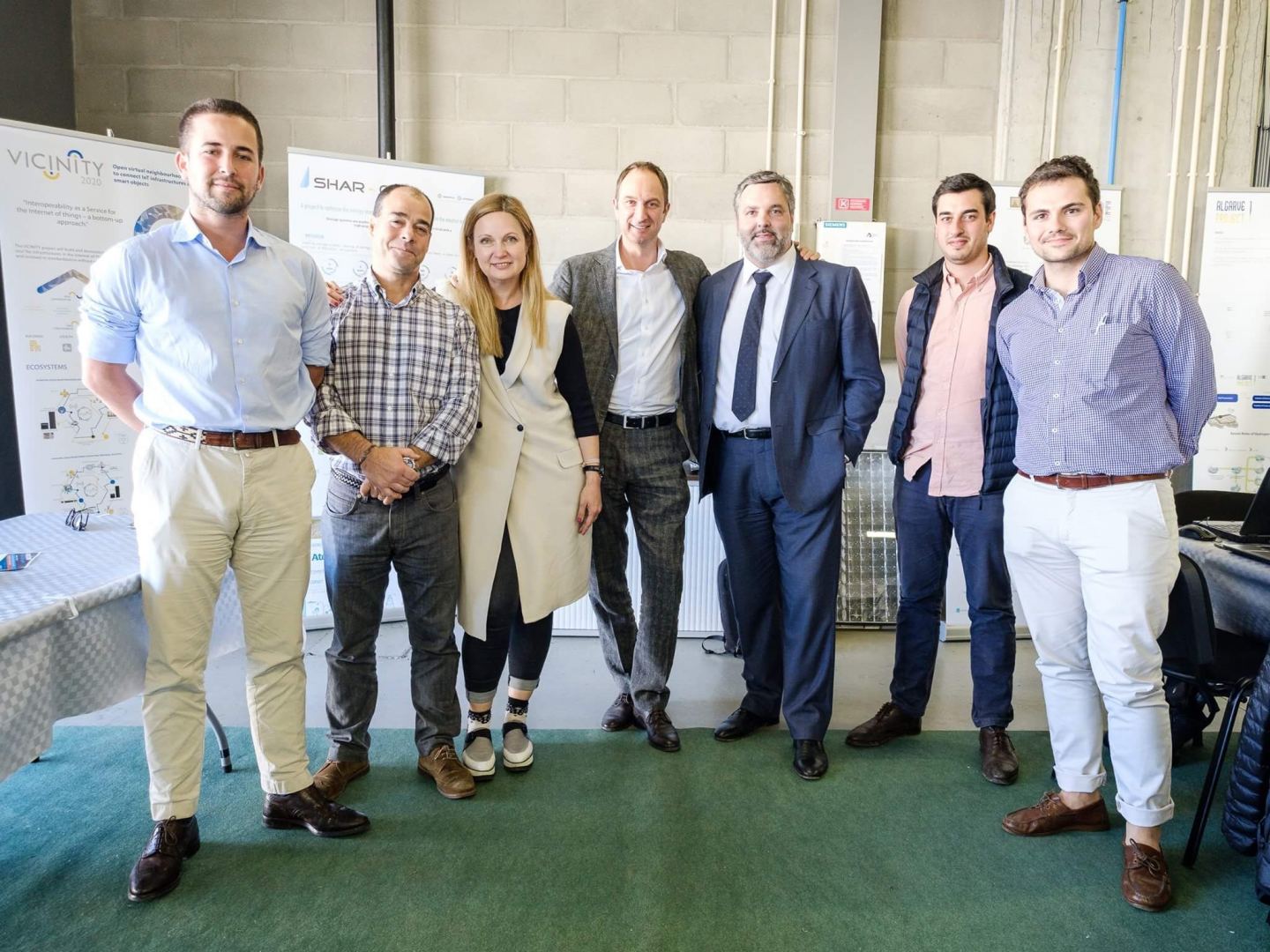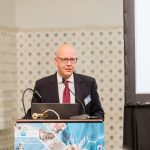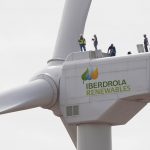The energy incubator that’s helping decarbonise Europe
When it comes to renewable energy, Portugal has blazed a trail in Europe and the United States. But one Algarve-based company is taking digitalisation and solar energy to a whole new level, writes Chris Graeme.
In the middle of the Algarve uplands, near the village of Martim Longo in Alcoutim municipality, is the Solar Demonstration Platform, an innovative solar energy test platform covering 42 hectares. The project, unique in its approach to developing and demonstrating energy innovation, has so far attracted some €16 million in investment and raised awareness of the solar opportunities in the region.
The goal
Pioneered by Enercoutim, which was started by Dutch entrepreneur Marc Rechter and partner Natalie Samovich, the goal of the platform and its related spin-off projects is to host, promote, develop and support renewable energy projects, and attract and boost technology projects linked to the sector. Marc Rechter, CEO of Enercoutim, says the motivations behind the solar platform project are linked to what he terms the five Ds of the energy transition – decentralisation, decarbonisation, deregulation, democratisation and digitalisation. “To reduce the impact of global warming, clean technology alone is not enough. Technology needs to be implemented at scale, which requires more ambitious legislation to be approved, faster. With an ambitious regulatory framework, Europe’s industry can once again lead the global energy transition,” he explains.
The first phase
The solar energy demonstration platform itself covers 42 hectares. The first three projects implemented on the platform were backed by leading Portuguese and international investors and saw the installation of four megawatts (actually 391 tracker systems of up to 12m height each) of state-of-the-art concentrated photovoltaic technology, which generate enough (zero carbon) electricity for roughly 2,000 homes.
The projects were part of an earlier government programme that issued 15 demonstration licences for concentrated solar technologies, of which (due to the financial crisis) only five were actually implemented, three of which on the demonstration platform. Concentrated photovoltaic systems (CPV) use concentrating optics (lenses) to bundle sunlight and focus it onto very small multi-layered solar cells which convert the sunlight into electrical energy. The required active area of the solar cell is reduced to only a small fraction of the area normally required by conventional solar cells (traditional PV or thin film).
“Over the past years, our focus has evolved from solar energy to developing innovation and new business models for the energy sector, moving beyond Portugal onto a European scope,” says Marc Rechter who stresses the importance of the European market for growth and size. “Eight years ago, it was difficult to see where the market was going because the regulatory framework had not evolved yet. Not many expected the cost of solar and wind technology to reduce as fast as it has,” he adds.
Enercoutim took an early view that solar technology has one of the most promising profiles, partly because there are so many areas worldwide with good solar sources and because solar technology would clearly experience significant improvements through innovation and R&D – meaning it would become more efficient and cheaper faster than most other technologies. “Alcoutim and Martim Longo have excellent solar resources and besides the low alternative use of land here, any investment made in this municipality has a significant positive local impact,” says Marc Rechter.
When the start of construction of the project was announced in 2013, the Mayor of Alcoutim, Osvaldo Gonçalves, said he was surprised and delighted at the news that a private company planned to build a solar energy platform in the area, comparing it to “Alcoutim winning the Euromillions lottery” in an area blighted by high unemployment, desertification and an ageing population. At that time, the platform, part of which was financed by the QREN regional funding programme, was hailed by the president of the Algarve regional coordinating commission (CCDR) and Alcoutim Municipal Council as “great examples of applying European funding in the Algarve region and to that district in particular.”

SolarLab
As part of the infrastructures, Enercoutim also built its SolarLab facility, a 200m2 prefab unit fitted with sensoring and measurement equipment that allows it to function in support of the energy research and development activities. “Once the demonstration platform infrastructure was built, additional projects to test and demonstrate integrated technology were developed, focused on the digitalisation of the energy sector,” says Marc Rechter.
Internet of Things (IoT)
One aspect connected to digitalisation and energy much discussed these days is the Internet of Things (IoT), which means the interconnectivity of most things we rely on that are run on electricity, connecting everything up and giving it communicability. The result is that devices can be monitored and they can be fed instructions. This technology, powered by connectivity, is already growing in homes, offices, cars and companies.
“On the energy generation side, wind and solar energy are now more economical on a non-subsidised basis than coal, gas and nuclear energy in an increasing number of countries. Therefore, these clean energy technologies will continue to grow based on their own merit. It is important to recall that wind and solar energy entered the market as viable energy sources only 10-15 years ago, and within that (for the energy sector very short) timespan have been able to scale up and become competitive. We are now seeing the result of that effort,” says Marc Rechter.
“In energy distribution and transportation, as well as for industry and mobility, digitalisation and IoT are among the key drivers to help accelerate the decarbonisation of our energy ecosystem. Optimised renewable energy production and consumption management with many producers and consumers open up an opportunity for digital platform creation that orchestrates the demand and supply side. Peer-to-peer models in distributed energy systems are based on IoT platforms and require new interoperable approaches to bring silos of devices and systems together. The issues are not fully solved on technology or business model levels and this is the area of innovation and disruption that we are actively working on,” he adds.
A testbed village
At Martim Longo, Enercoutim has created a spin-off from the platform with the installation and monitoring of all types of equipment and devices aimed at digitalising many processes. The project includes a private residence, a public school, a home for the elderly and a swimming pool and sports facility all being digitalised with sensors and smart metres.
It has also set up a meteorological station at the solar platform – DNI measurement and weather station – which can receive information on solar radiation and other climate conditions. “We are obtaining a lot of data from these facilities, buildings and the environment, which will become the basis for new value-added services, and automise a whole range of different technological applications to reduce our use of resources, provide information and to optimise our use of buildings,” he explains.
Attracting partners, creating synergies
Since 2015, Enercoutim has been focusing on energy innovation projects with two research and innovation projects approved within the EU-funded Horizon 2020 programme. Today, the company works with 20 partners across Europe. Spin-off companies and initiatives have been launched with a focus to take the clean and digital energy solutions to market, in an effort that focuses on the EU-wide markets.

These projects and spin-offs include:
SHAR-Q – Peer-to-peer storage and sharing project over virtual neighbourhood of energy ecosystems. The main assumption of the SHAR-Q concept is that sharing of storage capacities deployed at distributed locations will significantly reduce the unit-cost of energy output.
VICINITY 2020 – an IoT interoperability project. This open virtual neighbourhood network connects IoT infrastructures and smart objects.
Resilient Energy – a commercialisation entity focusing on taking integrated data and clean energy-driven solutions to the corporate sector. It advises companies from the industrial and service sectors to identify their options for decarbonisation strategies and then implements them.
Solar Synergy Group – a consortium jointly with German and Swiss partner companies with expert knowledge of the solar technology and energy markets with which Enercoutim is introducing a new value-orientated chain approach to the development and deployment of larger-scale solar systems.
H2Iberia – an initiative to promote the accelerated development of zero carbon hydrogen production, through electrolysis and solar, wind or hydro energy. The “green” hydrogen can substitute fuel in mobility and “grey” hydrogen in industry, and thus reduce the dependence on imported natural gas.
Resilient Ventures – an impact investment management company, focused on supporting technology companies in the scale-up phase, enabling solutions that have social impact and environmental responsibility at their core.
Pearls – a European project which examines the landscape integration impact of renewables from a social point of view.
Portugal, a vanguard country in renewables
Marc Rechter stresses that Portugal was the right place for the project not only in terms of the high number of sunshine hours but also because, on an international level, the country is seen as very advanced in energy renewables. In fact, around 60% of Portugal’s total electricity consumption is produced by renewable energy, which means that around 40% still depends on fuel imports including gas, coal and crude oil.
The industry and mobility sectors still consume mostly fuel and natural gas, weighing negatively on Portugal’s overall carbon output. “We’ve grown as an incubator with a profound knowledge of innovation and the regulatory environment, allowing us to have a good sense of where markets are going. By integrating technologies within the evolving regulatory framework, viable business models evolve, not just for solar or wind energy but also energy storage, whether batteries or hydrogen. This has given us the opportunity to develop new solutions, as well as valuable collaboration with specialised partners across Europe, with whom we are actively taking these solutions to market now, helping accelerate the decarbonisation of industry and mobility and driving sustainable value,” Marc Rechter concludes.









